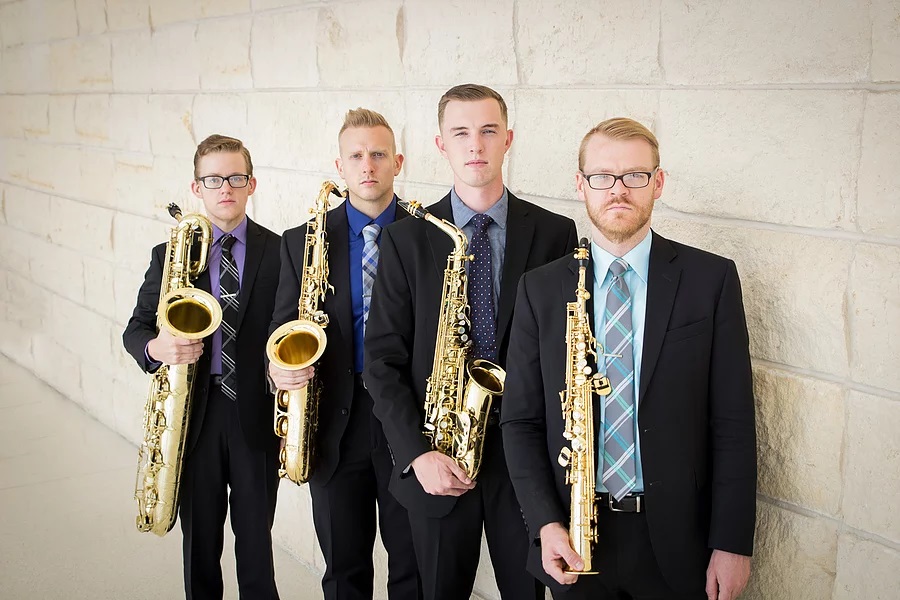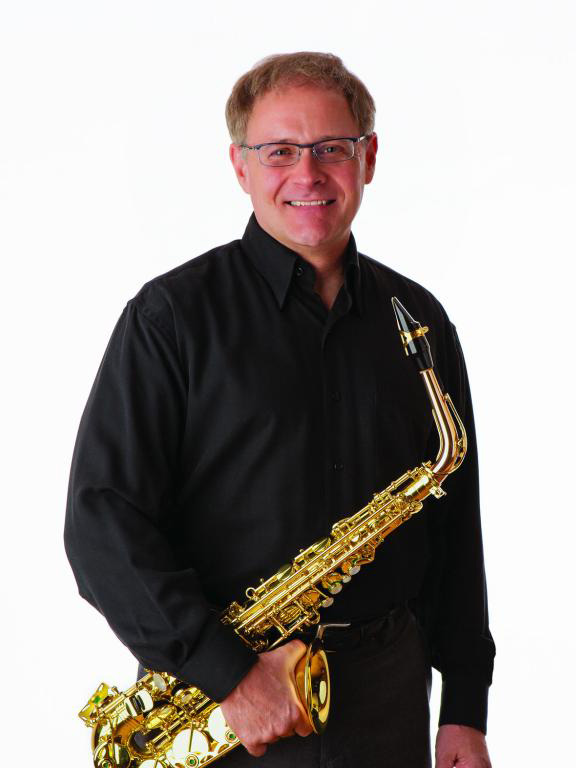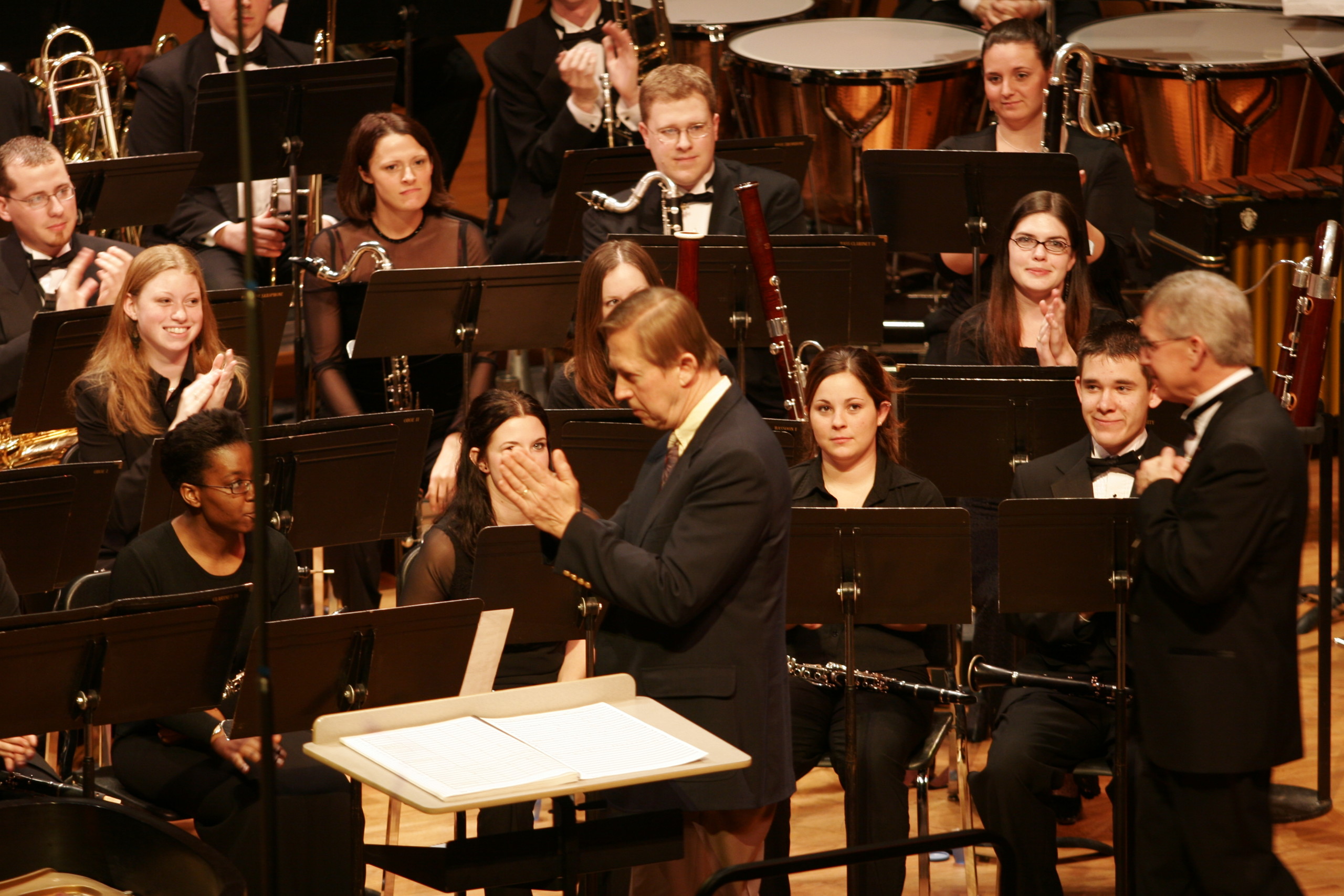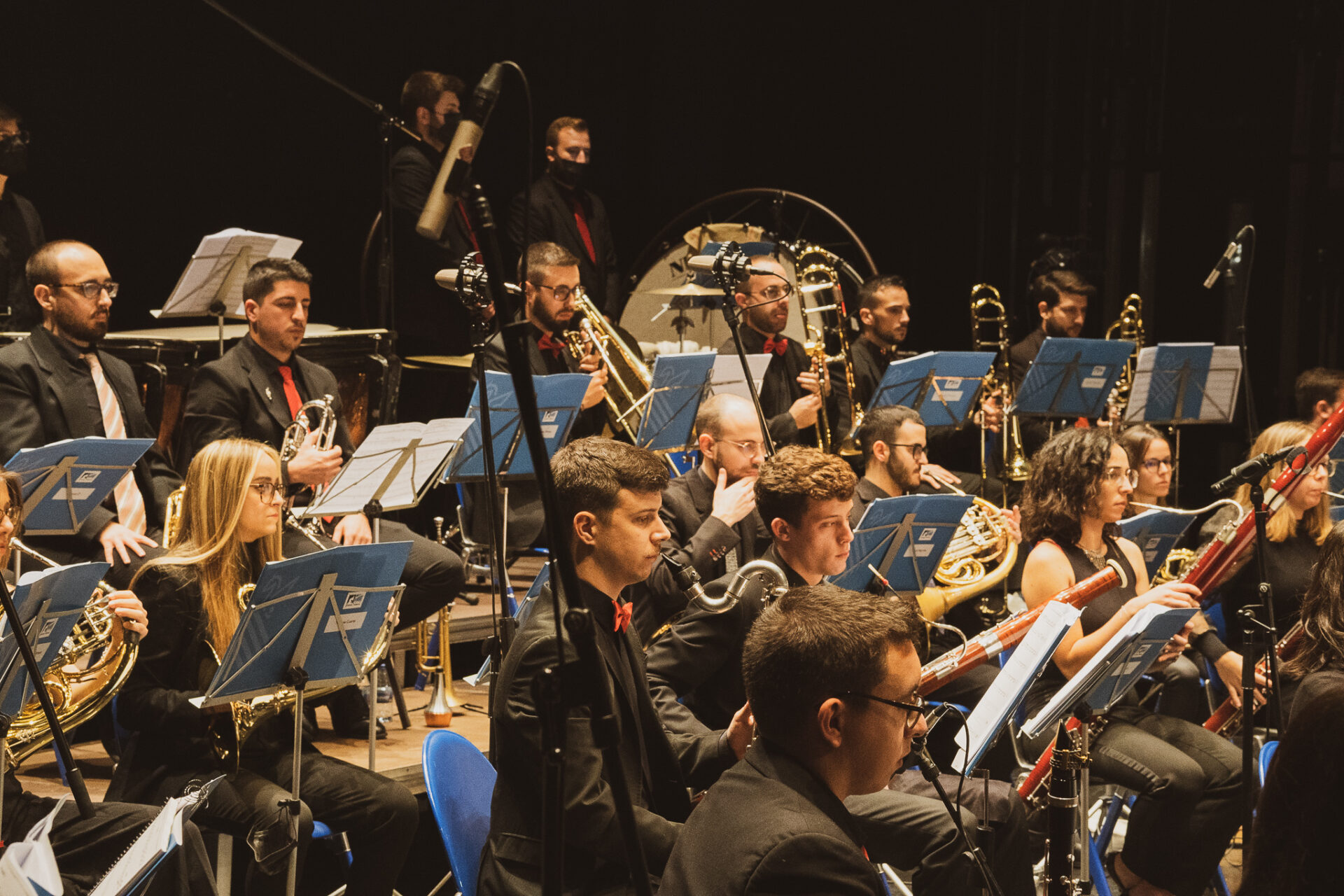Maslanka Weekly highlights excellent performances of David Maslanka’s music from around the web.
Some of David’s most sublime music grows out of slow-moving simple ideas which germinate into phrases of sweet tenderness and climaxes of volcanic proportions. Perhaps slower tempi allowed David the opportunity and flexibility to delve further and further into his beloved dream space?
This week, we feature three of David’s compositions (of which there are literally dozens to choose from) that highlight some of his most beautiful writing in slower tempi: “Movement I” from Recitation Book, “Slow” from Symphony No. 7, and “Slow” from Sonata for Alto Saxophone and Piano.
Recitation Book – I. Broken Heart: Meditation on the chorale melody Der du bist drei in einigkeit (You who are three in one)
From David’s Program Note:
I have loved Italian madrigals since my student days. Recitation Book for saxophone quartet feels something like a madrigal collection, but with a grand finale. My approach to composing is vocal, and the singing quality of saxophones is one of their fine strengths. The movements in this piece are relatively brief and intimate songs.
Much of my recent music draws its inspiration from the distant past. An old melody pushes open a door in my mind and a parallel world or dream makes its way out. Each piece in this set found its inspiration in that way.
The title, “Recitation Book,” implies a set of lessons. I don’t want to say explicitly what each “lesson” means, but the titles of the pieces circle around the theme of death, which for me implies the passing of the old, and the coming of the new.
I have not only quoted a number of old melodies in Recitation Book, but two whole brief pieces as well. This first is J.S. Bach’s four-part chorale Jesu, meine Freude, and the second is an arrangement for the four saxophones of the five-voiced madrigal Ecco, morirò dunque by Gesualdo di Venosa.
Watch below as the Mirasol Quartet gives a beautiful performance of Movement I.
More info
- Mirasol Quartet
- Recitation Book @ davidmaslanka.com
Symphony No. 7 – II. Slow
From David’s Program Note:
I am strongly affected by American folk songs and hymn tunes, and I think of this symphony as “old songs remembered.” With one exception all the tunes are original, but they all feel very familiar. The borrowed melody is from the 371 Four-Part Chorales by J.S. Bach. Each song has a bright side and a dark side, a surface and the dream underneath. Each is a signal or call which evokes an inner world of associations.
- Sunday night church services from my youth. Mrs. Smith played the piano. The opening piano solo is marked “enthusiastically” in the score. A dream travels to a far place.
- In the manner of an American folk song, with a setting that might have come out of the 19th or early 20th centuries.
- A ferocious fast music, unrelenting, determined to get a grip on chaos. Toward the end a fractious quote of the Bach Chorale melody “Du Friedensfurst Herr Jesu Christ” (Prince of Peace Lord Jesus Christ).
- A simple song of peace and healing.
Watch below as Dustin Barr leads the Cal State Fullerton Wind Symphony in a terrific performance of this work.
More info
- Dustin Barr
- Cal State Fullerton Wind Symphony
- Symphony No. 7 @ davidmaslanka.com
Sonata for Alto Saxophone and Piano – II. Slow
From David’s Program Note:
The Sonata alternates between an innocent stroll in the park and a fierce breaking of tonal and formal boundaries. The three movements are personal adaptations of old forms – the first a sonata, the second an ABA song form, and the third a rondo. Each movement has a turbulent, eruptive quality that takes this music away from its historical models and makes it very much a music of our time.
Watch below as Thomas Kurtz (Alto Saxophone) and Galen Peiskee (Piano) give a moving performance of this music.
More info
- Thomas Kurtz
- Galen Peiskee
- Sonata for Alto Saxophone and Piano @ davidmaslanka.com
We would love to hear from you! If you know of any outstanding performances of David Maslanka’s music on the web, please email us at maslankaweekly@maslanka.org.



